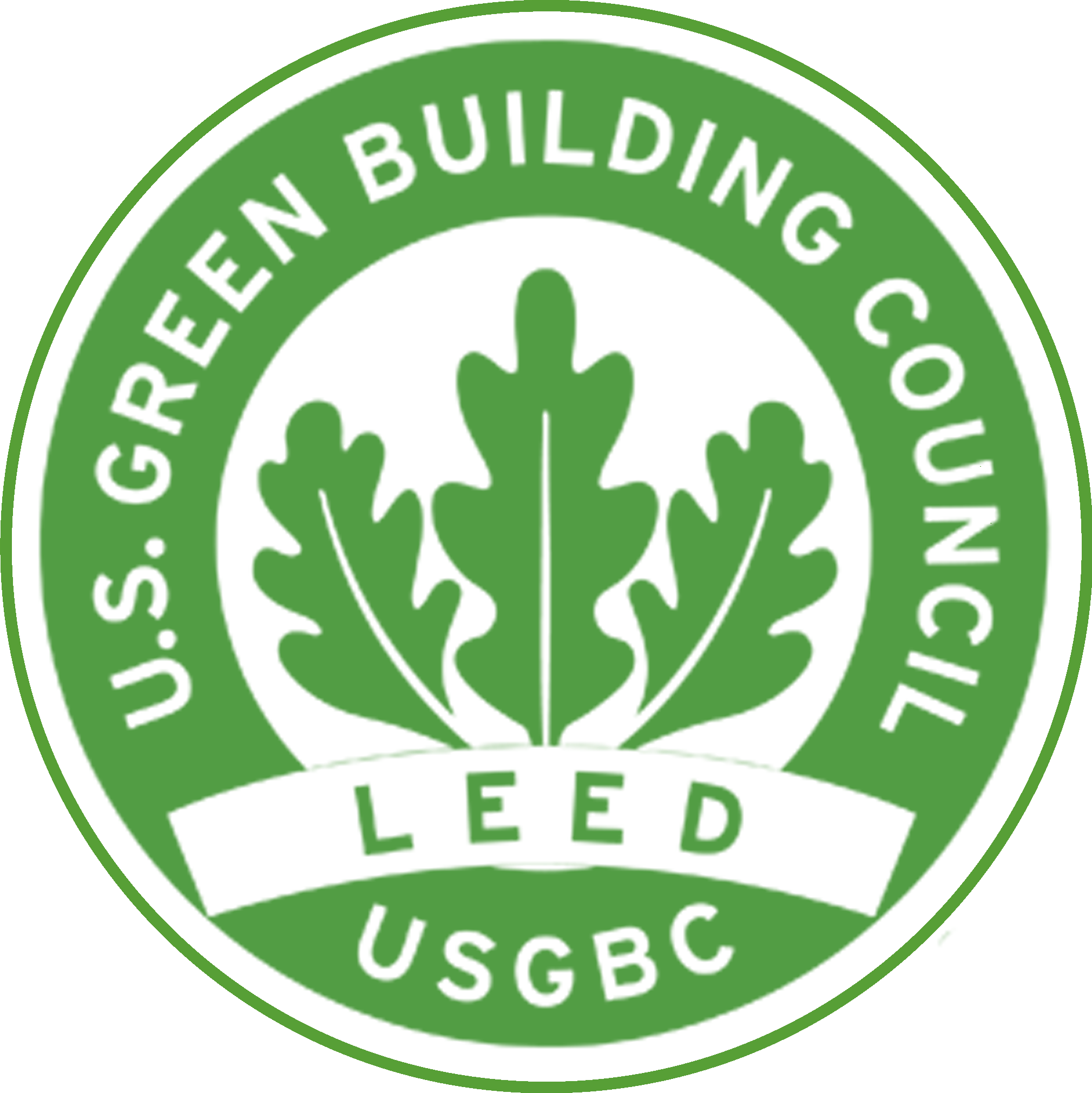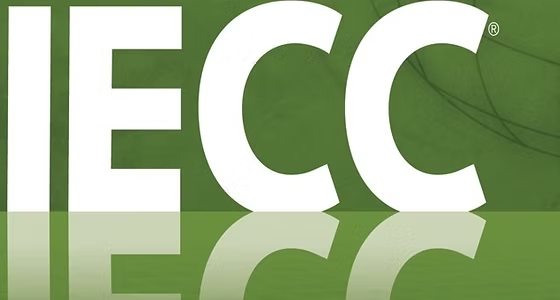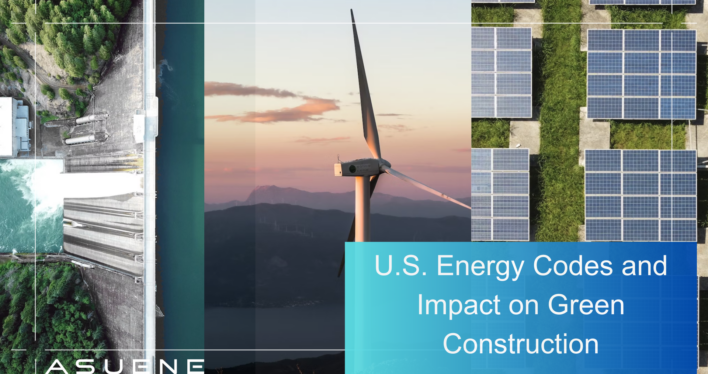- Article Summary
-
Introduction
The built environment accounts for nearly 40% of total energy consumption in the United States and a significant portion of greenhouse gas (GHG) emissions. As the U.S. accelerates its climate and decarbonization goals, building energy codes have become a foundational policy tool for achieving long-term sustainability in the construction sector.
From federally influenced standards to state-mandated codes, energy efficiency regulations are shaping how buildings are designed, constructed, and operated. This article explores the major energy codes—particularly ASHRAE 90.1 and the International Energy Conservation Code (IECC)—and their growing influence on green construction and ESG integration.

What Are Building Energy Codes?
Building energy codes are legal minimum requirements that govern energy use in the design and construction of buildings. They typically address:
- Envelope performance (insulation, windows, doors)
- Mechanical systems (HVAC, fans, chillers)
- Lighting systems (fixtures, daylighting, controls)
- Water heating and energy distribution
These codes exist to ensure that new buildings meet a baseline of energy efficiency and climate responsiveness. They are updated periodically to reflect technological advances, climate data, and emission reduction targets.
ASHRAE 90.1 and the IECC
ASHRAE Standard 90.1
Developed by the American Society of Heating, Refrigerating and Air-Conditioning Engineers (ASHRAE), 90.1 is a reference standard for commercial buildings used in:
- Federal buildings
- LEED certification (as a baseline)
- Many state and local building codes

International Energy Conservation Code (IECC)
Managed by the International Code Council (ICC), the IECC is adopted widely across U.S. states and:
- Covers both residential and commercial buildings
- Is updated every 3 years
- Allows performance-based and prescriptive compliance paths
Together, ASHRAE 90.1 and the IECC form the backbone of U.S. energy building regulations.

The Rise of State-Level Code Adoption
While building energy codes are developed at the national level, their adoption is left to state and local governments. Over time, a growing number of states have implemented updated versions of IECC and ASHRAE, advancing national energy performance.
Figure 1: State Adoption of Building Energy Codes (2010–2022)
As of 2022, 44 states have adopted a version of the IECC, and 35 states have adopted ASHRAE 90.1 or equivalent standards. This widespread adoption reflects increasing momentum toward energy-aligned construction nationwide.
ESG Implications for the Construction and Real Estate Sectors
Building energy codes are no longer just compliance checklists—they have become strategic ESG tools:
| ESG Pillar | Impact of Energy Codes |
|---|---|
| Environmental | Reduce energy consumption, improve thermal efficiency, and cut Scope 1 & 2 emissions |
| Social | Enhance occupant comfort, indoor air quality, and long-term health outcomes |
| Governance | Demonstrate regulatory compliance and due diligence in ESG disclosures (e.g., GRESB, CDP, SASB) |

Case Studies
1. PNC Tower – Pittsburgh, PA
PNC’s headquarters was designed to meet ASHRAE 90.1 and IECC standards, using advanced façade systems, radiant heating, and passive ventilation. It consumes 50% less energy than typical office buildings.
2. The Bullitt Center – Seattle, WA
Often cited as the “greenest commercial building in the U.S.,” the Bullitt Center exceeds local codes by integrating net-zero energy design, triple-glazed windows, solar panels, and rainwater harvesting.
3. Sacramento Housing Redevelopment
Through California’s adoption of Title 24 (an enhanced version of IECC), this public housing project achieved over 30% energy savings through code-mandated insulation, lighting, and HVAC upgrades.
Role in Green Building Certifications
Many sustainability certifications require or build upon code compliance:
| Certification | Code Linkage |
|---|---|
| LEED | Uses ASHRAE 90.1 as the baseline for energy performance prerequisites |
| ENERGY STAR for Buildings | Assumes code-compliant construction as a baseline |
| WELL Building Standard | Requires code-level HVAC and lighting minimums |
| Green Globes | Aligns with both IECC and ASHRAE compliance pathways |
Achieving or exceeding code standards not only ensures compliance but also facilitates certification, boosting property value and ESG ratings.
Financial and Policy Incentives
Many states and municipalities offer incentives for exceeding code requirements, such as:
- Density bonuses for developers
- Tax abatements for green building features
- Accelerated permitting for high-efficiency projects
Additionally, the Inflation Reduction Act (2022) includes funding for local governments to adopt and enforce advanced energy codes, helping accelerate the transition.
Challenges in Implementation
| Challenge | Solution |
|---|---|
| Complexity of modeling compliance | Use certified energy modelers and software (e.g., EnergyPlus, eQuest) |
| Cost perception | Highlight lifecycle energy savings and improved tenant retention |
| Fragmented code enforcement | Work with local building departments early in the design phase |
| Resistance to change | Offer training to contractors and design teams on code benefits |
By proactively engaging stakeholders and using available technical resources, developers can turn code compliance into competitive advantage.
The Future of Energy Codes
The future of building energy codes is increasingly integrated with carbon reduction, climate resilience, and smart technology. Key trends include:
- Carbon-based codes: Shifting from energy to GHG-based performance metrics
- Grid-interactive buildings: Integration with demand response and storage
- Embodied carbon regulation: Expanding scope to include construction materials
- Climate zone-specific codes: Tailoring requirements to regional environmental realities
These advancements will play a key role in meeting U.S. commitments under the Paris Agreement and emerging SEC climate disclosure requirements.
Conclusion
Energy codes like ASHRAE 90.1 and the IECC are essential tools for building a low-carbon future. Far from being mere regulations, they:
- Drive innovation in architecture and engineering
- Lower long-term operational costs
- Strengthen ESG profiles for investors and stakeholders
For construction firms, developers, real estate investment trusts (REITs), and ESG managers, staying ahead of code updates and leveraging them strategically is vital to ensuring that the buildings we construct today remain sustainable, compliant, and valuable tomorrow.
Download Our Expert Publications!

Why Work with ASUENE Inc.?

ASUENE USA Inc., a subsidiary of Asuene Inc., is a key player in carbon accounting, offering a comprehensive platform that measures, reduces, and reports emissions, including Scope 1-3, with expertise in decarbonization. Asuene serves over 10,000 clients worldwide, providing an all-in-one solution that integrates GHG accounting, ESG supply chain management, a Carbon Credit exchange platform, and third-party verification.
ASUENE supports companies in achieving net-zero goals through advanced technology, consulting services, and an extensive network.
